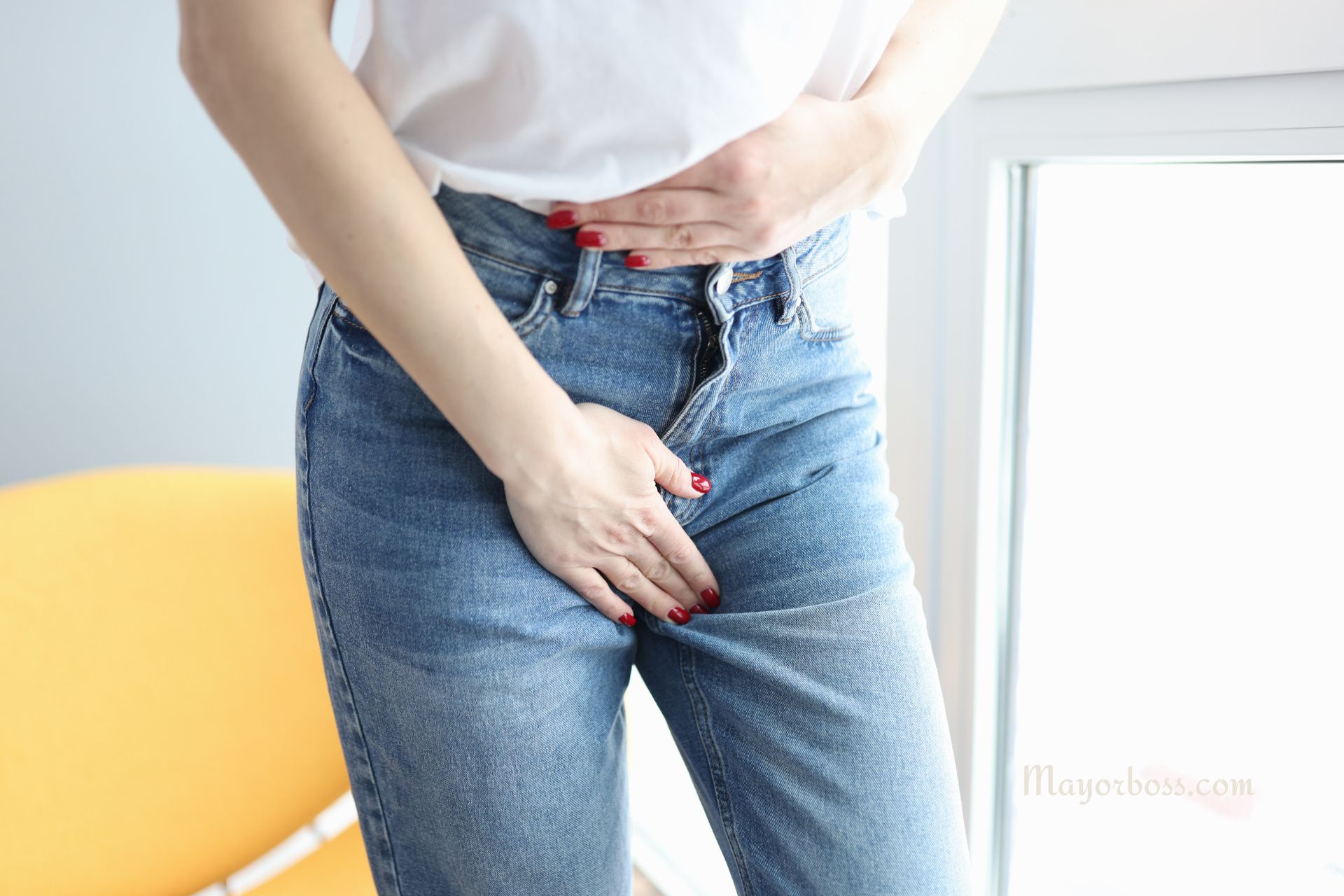Got a Yeast Infection After Antibiotics? Here’s Why (And What to Do)
Experiencing a yeast infection following a course of antibiotics is unfortunately common. While antibiotics are crucial for fighting bacterial infections, they also have a downside. They can disrupt the natural balance of bacteria and yeast in your body, particularly in areas like the mouth, digestive tract, and vagina. This disruption often leads to an overgrowth of yeast, which causes an infection. So, let’s break down why this happens and what you can do to get relief and prevent future infections.

Why Antibiotics Cause Yeast Infections
Antibiotics work by killing bacteria. However, they don’t discriminate between the harmful bacteria causing your infection and the beneficial bacteria that reside in your body and help keep it healthy. When these helpful bacteria are reduced, yeast — which is always present in your body in small amounts — can grow unchecked, leading to an infection.
Signs of a Yeast Infection
Here’s a breakdown of yeast infection signs and what to look for:
- Itching and Irritation: Intense itching and burning in the vagina and vulva (the outer area of the genitals) is often the primary symptom.
- Abnormal Vaginal Discharge: A thick, white, clumpy discharge that often resembles cottage cheese. It’s typically odorless.
- Redness and Swelling: The vulva and vagina may appear red, inflamed, and swollen.
- Pain During Sex: Discomfort or hurt during intercourse is common.
- Burning During Urination: You may experience a burning sensation when you pee.
- Rash: A rash may appear in the genital region
- Sores or Cracks: In severe cases, the skin around the vulva may become cracked or sore.
What to Do If You Have a Yeast Infection
Over-the-Counter Treatments
For many, the first line of defense against a yeast infection is over-the-counter (OTC) treatments. These are usually available as creams, ointments, tablets, or suppositories and can be quite effective in relieving symptoms within a few days. Always follow the instructions on the package for the best results.
Prescription Medications
If OTC treatments don’t provide relief, or if you experience recurrent yeast infections, it might be time to visit your doctor. They can prescribe stronger antifungal medications, either in topical or oral form, to tackle the infection.
Home Remedies
Some people find relief from symptoms with home remedies, though it’s important to proceed with caution and consult your doctor before trying them. Popular options include:
- Probiotic supplements or foods, which can help restore the body’s natural bacterial balance
- Yogurt with live cultures applied directly to the affected area (though there’s limited scientific evidence to support this)
- Diluted tea tree oil (be careful, as it can cause irritation for some people)
When to See a Doctor
While most yeast infections are not serious and can be treated at home, you should see a healthcare provider if:
- You’ve never had a yeast infection before
- Your symptoms don’t improve after using over-the-counter treatments
- You develop other symptoms not typical of a yeast infection
- You get yeast infections frequently, as this could indicate an underlying health issue
How to Prevent Yeast Infections After Antibiotics
Prevention is key when it comes to yeast infections, especially if you know you’ll be taking antibiotics. Here are some strategies:
- Take probiotics during and after your course of antibiotics to help maintain your body’s natural bacterial balance. Probiotics are available in supplement form or can be found in fermented foods like yogurt, kefir, sauerkraut, and kombucha.
- Maintain good genital hygiene, but avoid over-washing or using harsh soaps and shower gels that can disrupt the natural balance of bacteria and yeast.
- Wear breathable cotton underwear and avoid tight-fitting clothing to keep the area dry and reduce the risk of yeast growth.
- Eat a balanced diet low in sugars and refined carbs, as yeast thrives on sugar.
FAQs
Can men get yeast infections from antibiotics?
Yes, while less common, men can also get yeast infections, particularly in the genital area, after taking antibiotics. Symptoms include itching, redness, and discomfort.
How long after taking antibiotics can a yeast infection develop?
A yeast infection can develop during or shortly after completing a course of antibiotics. The timing varies from person to person.
Are some people more prone to yeast infections after antibiotics?
Yes, individuals with weakened immune systems, uncontrolled diabetes, or those who use hormonal birth control or are pregnant may be more susceptible to developing a yeast infection after taking antibiotics.
In summary, while antibiotics are essential for treating bacterial infections, they can sometimes lead to uncomfortable yeast infections. Understanding why this happens and knowing how to treat and prevent these infections can help you stay comfortable and healthy. If you’re struggling with recurrent yeast infections or if OTC treatments aren’t effective, make sure to consult with your healthcare provider for more personalized advice and treatment options.
